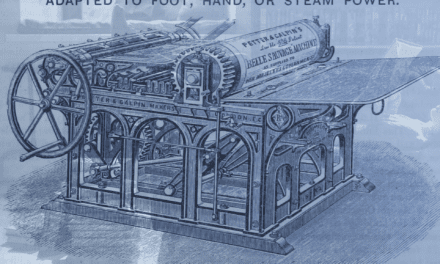
5 Brilliant Non-Traditional Ways To Publish A Book

Self-publishing has changed the game. Writers now have creative control over their words, and there is more opportunity to make money out of their hard work. It’s not easy, but here are some ideas for non-traditional ways to publish a book.
Amazon KDP

We’ve all heard of Amazon Kindle Direct Publishing. It’s an easy, fast and free service for authors who want to self-publish their books on Amazon.
The royalty rates are decent at 70% for ebooks and 60% for print. The other upside is that authors’ books will be available on the largest online bookstore with over 300 million customers worldwide.
Ingram Spark

Ingram Spark is a hybrid self-publishing platform that allows you to create, publish, and distribute your book digitally and physically. They say their distribution network reaches over 40,000 outlets, including bookstores, online stores and ebook retailers, libraries and universities.
You can use their book calculator to determine the printing costs, the wholesale price, and what you can earn on physical books. Their platform lets you sell ebooks on Amazon, through Barnes & Noble, Apple iBookstore, Kobo, Google Play, and other ebook stores.
Another benefit of Ingram Spark is that it’s one of the only print-on-demand platforms that bookstores can (or will) order from. So, if you want to see your physical books on bookshelves without going down the traditional publishing route, then Ingram Spark is a good choice.
Publish with a vanity press or subsidy press
A vanity press is a publishing company that will publish your book for you. Vanity presses charge an upfront fee, then sell the books to you at a discounted price.
A subsidy press is similar to a vanity press, but instead of charging you an upfront fee, they charge you a percentage of the cost of your book. In exchange, they say they will do all the work for you. They will design your cover, edit your manuscript, and publish it in both print and ebook formats.
Authors new to self-publishing should be wary of both subsidy and vanity presses, as it is easy to be taken advantage of. These are great options if you want a physical copy of your book to share with a select audience, but they are not always the best solution if you want to build an audience and grow your readership through ongoing book sales.
Before you sign on with any vanity or subsidy press, do a thorough background search on the company. Read reviews or contact previous authors to find out about their experience with them. Also, find out whether they will assist you with marketing, as this is the biggest challenge for any author.

Small presses or small publishers
We have all heard of the big publishing companies, but there are also a lot of small presses out there, and some of them are doing really well. Smaller presses might also be more willing to take a risk with a new author, with a less commercial book.
Again, do your background research. If it’s a really new small press, check out who manages it. Do they have experience? Have they come from a publishing or editorial background? Feel free to reach out to other authors they have worked with.
There are also several great independent publishers that have built a list of well-known authors who they represent. Take a chance and search for a small press or independent publisher in your area. You might be pleasantly surprised by what you find.
Create your own Imprint
If you want to look completely outside the box for non-traditional ways to publish, some authors start their own imprint and publish books under that name. They’re essentially creating a small publishing house to self-publish their books.
Creating an imprint isn’t the easiest route, but it can be effective. You’d be starting a small business to publish your work, with all the financial and tax benefits that come with that. But it does require some time, organisation, and outlay. Logos, websites, and printing are all necessary when pursuing this avenue, as an imprint is all about branding. Some self-published authors even create different imprints for different genres they publish.
Authors these days have so many opportunities for non-traditional ways to publish their books. Do your research, and remember, self-publishing is just the beginning. You will also need to market your work and spread the word. You’ll also need to build an author platform and allocate some time or money to marketing your work.































I am publishing on Kindle Vella under the name of Patricia Penrose and am happily making money, yay! The program is in beta still and there are bugs but so far so good.
Hi Tricia! So great to hear this! I’ve been keen to try Kindle Vella – but not available in Australia as yet 🙁 I’m actually about to write a new post for Novlr on Radish, Wattpad and Kindle Vella. I’d love to hear more about your experience with it – if you have time!